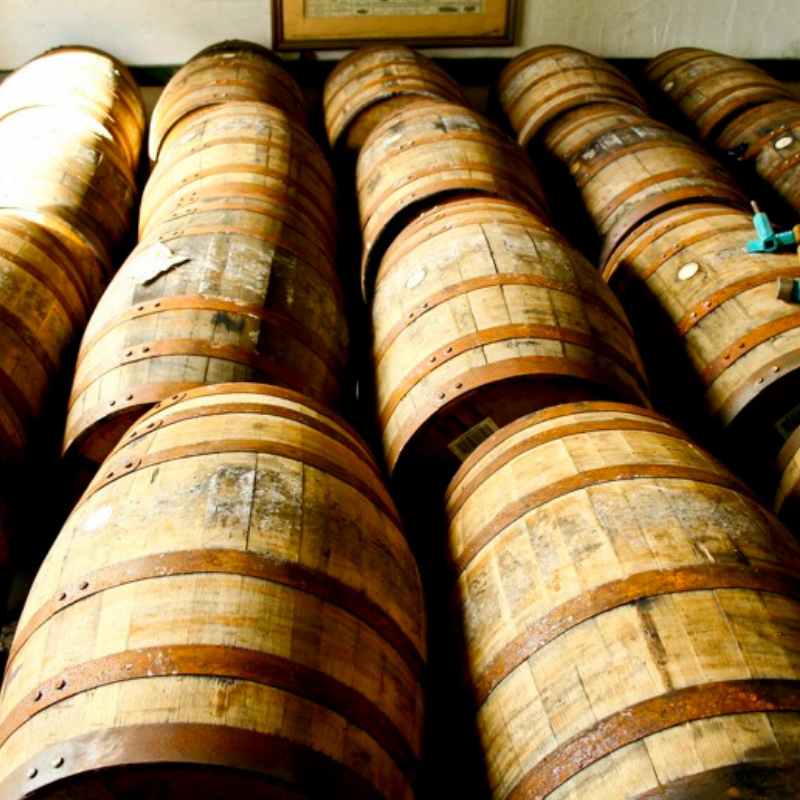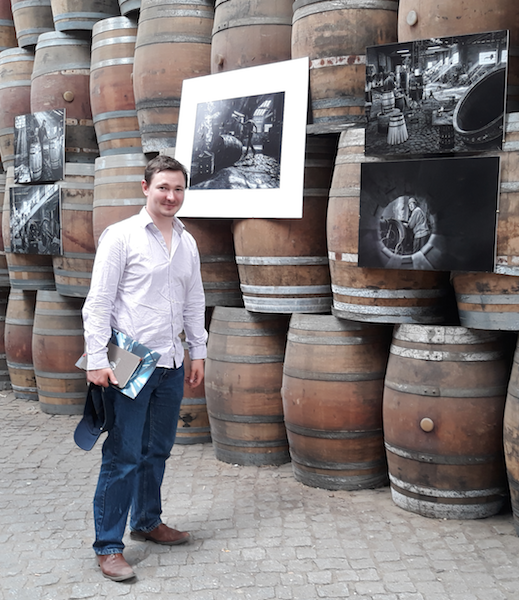Gregor’s Guide To Maturation
 Maturation is a key aspect of the production of Whisky. Companies spend millions of pounds on sourcing oak from the Ozark region in the US for wood that will be used for the production of specific casks and the location of good bodegas in Europe is highly sought-after industry knowledge. This is all due to statistics such as 80% of a whisky’s flavour comes from the cask. However, taken literally this is not the case.
Maturation is a key aspect of the production of Whisky. Companies spend millions of pounds on sourcing oak from the Ozark region in the US for wood that will be used for the production of specific casks and the location of good bodegas in Europe is highly sought-after industry knowledge. This is all due to statistics such as 80% of a whisky’s flavour comes from the cask. However, taken literally this is not the case.
Maturation is a step in the production of whisky that is required to improve the sensory qualities of whisky and an oak cask is a tool used to achieve good maturation.
New spirit from a still is clear like gin and when it is filled into the cask it will take all of its colourings from the cask, the amount of charring the cask has endured, the cutting into the wood and charring it; the deeper the char the more colour.
The new spirit will take the majority of the colour and flavour that it can from the oak alone within the first 6-12 months. It is good to imagine a cask as a big sugar-coating tub as wood contains lots of sugar which add sweetness amongst other flavours to the spirit. The amount of flavour donated to the spirit from the cask depends on the quality of the oak. This can be highly variable even if it’s from the same forest and the same treatment of the wood, such as how long was it seasoned in a kiln or outside in the open air, or the level of toasting/charring (charring the inside of the cask at varying temperatures caramelises oaks sugars to release different flavours from cola, custard and spice amongst many others).
 An interesting suggestion from the field of research in maturation is that a Sherry cask matured whisky does not necessarily get it’s Sherry flavour from the Sherry that was filled into the cask previously but from the oak. Oak typically used to produce Sherry casks is from Europe and European wood has a greater level of tannins and fruitiness – where US oak is kilned, European Oak is left outside for seasoning so the tannins can be reduced.
An interesting suggestion from the field of research in maturation is that a Sherry cask matured whisky does not necessarily get it’s Sherry flavour from the Sherry that was filled into the cask previously but from the oak. Oak typically used to produce Sherry casks is from Europe and European wood has a greater level of tannins and fruitiness – where US oak is kilned, European Oak is left outside for seasoning so the tannins can be reduced.
During and after 12 months, the oak allows for sufficient oxidation to take place. This drives away many of the undesirable characters from the spirit such as sulphur. However, over-oxidation can create vinegar! Oxidation is a key aspect of maturation, like the browning of an apple. It allows the breakdown of flavours from the cask while esters (fruity flavours from the distillation) are enhanced/uncovered. The level of oxidation depends on the cask size, where it is located in the warehouse and the strength of the alcohol when it was filled into the cask.
There is little known about maturing spirit over 10 years with exception to it generally being a smoother spirit with particular emphasis on mouthfeel being improved.
The large changes in new spirit into whisky result from the loss of some of the undesirable flavours from the original distillate with a more limited contribution from the wood (Whisky, Technology Production and Marketing. 2nd Edition, 2014. I. Russel and G. Stewart).